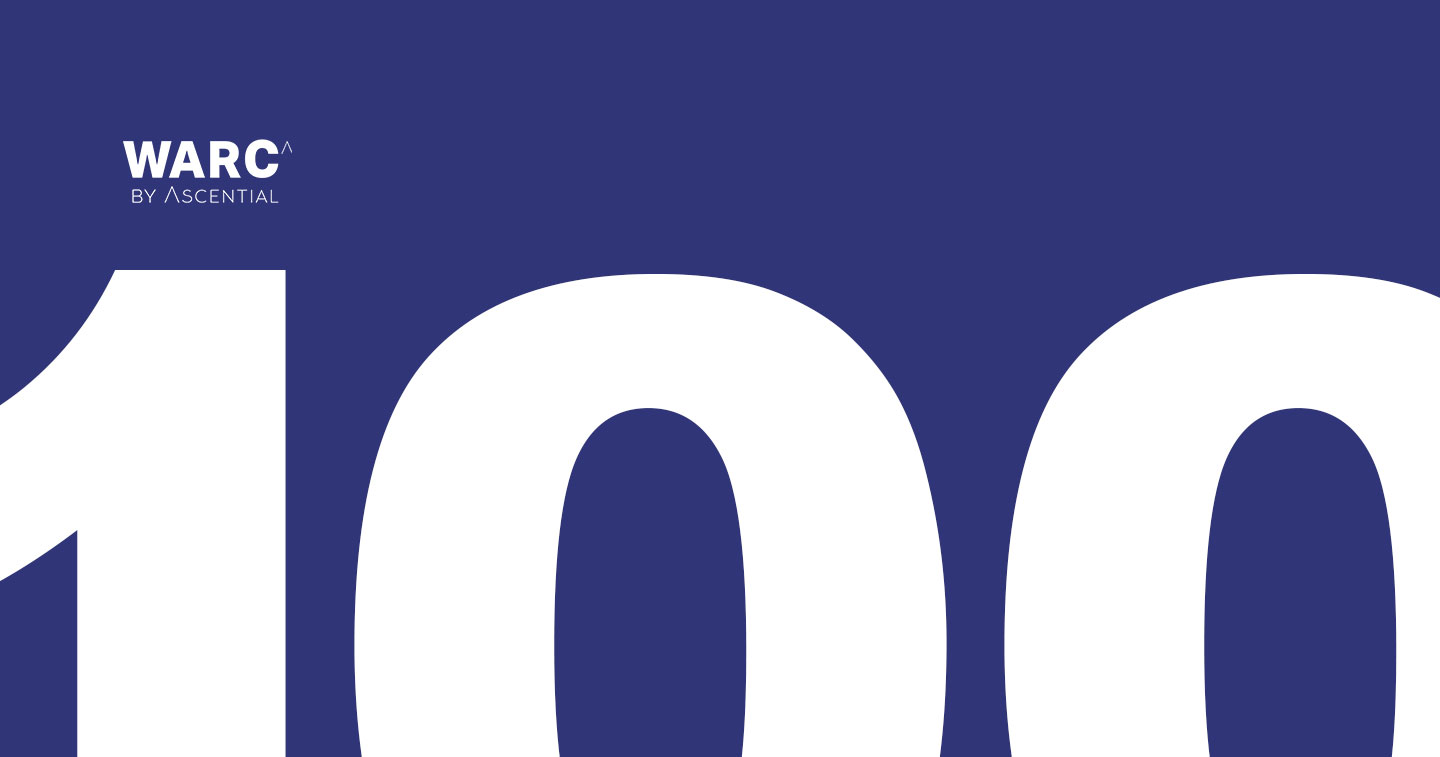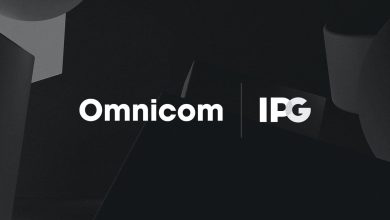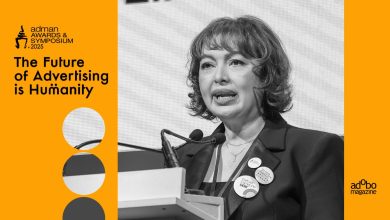The need for innovation in media strategies to drive attention, the importance of brands to be instantly recognisable and blending brand and performance marketing are three main themes to long-term marketing effectiveness finds WARC, following its analysis of the Effective 100, an annual ranking of campaigns based on their performance in effectiveness competitions from around the world.
WARC, which provides the latest evidence, expertise and guidance to make marketers more effective, has today released ‘Effective 100 – Lessons from the global effectiveness rankings‘, a report analysis of the world’s top effectiveness campaigns to uncover shared creative, media and measurement strategies, and brings together insights and opinion from industry experts.
Amy Rodgers, Managing Editor, Research & Rankings, WARC, and author of the report, says: “In this report, we’ve brought together expert opinion and the data behind the case studies, to ascertain the themes and lessons from the 2019 Effective 100. Through analysing year-on-year trends within the rankings, and comparing the top cases with all other case studies published on WARC in the same year, we can establish what differentiates a highly awarded Effective 100 campaign from a more ‘typical’ example of an effective marketing campaign.”
The three key trends from this year’s WARC Effective 100 are:
1. Effectiveness in a low-attention economy
There is more competition for attention than ever before. Capturing the attention of consumers, which has become a measure of campaign effectiveness, now requires innovation in both creativity and media placement.
There are four key responses highlighted from analysing the Effective 100 to achieve this: 1. Creativity, and in particular the use of emotional appeals. 59% of the campaigns in the ranking used this approach. 2. The growing use of influencers – more than 20% of case studies in the Effective 100 contained specific influencer elements. 3. The use of PR-driven stunts as a means to catch the attention of both consumers and the media is a recurring theme – as seen in Fearless Girl, The Mud Soldier for Visit Flanders and Google Home of the Whopper. 4. A greater focus on unconventional media placement, such as reaching people when they don’t expect it, as seen in India’s Newest Status Symbol for Harpic.
Faris Yakob, Founder of strategy and innovation consultancy, Genius Steals, observes: “This year’s WARC’s Effective 100 suggests that the most effective ads, all over the world, don’t look like ads.” Yakob continues, “If you don’t trust ads, which live trapped in media, a way for brands to overcome this is by making real things.” Saregama’s Carvaan and Savlon’s Soap Sticks are some of the examples Yakob cites.
2. Distinctive assets and the importance of being recognised
Distinctive brand assets are emerging as a key weapon of effective campaigns. The importance of being recognisable is evident in this year’s Effective 100, with the development of brand equity a central objective and measure of many of the campaigns.
Success stories in the Effective 100 include ‘Kevin the Carrot: How Aldi UK won Christmas with the help of a humble carrot’ (ranked #25), the ‘Made for More’ campaign for Guinness (ranked #31), and ‘The Door Blouse’ campaign in India for Narayana Health (ranked #20).
Heather Andrew, UK CEO, Neuro-Insight, comments: “Nowadays many brands are developing and codifying a wider set of distinctive assets that can be transferred across platforms as a way of delivering instant recognition.
“In terms of brain response this makes complete sense. In brand communication, memory response is crucial – if something doesn’t get into memory it can’t possibly affect our future behaviour – and one of the crucial characteristics of memory is that it works by association.”
3. Balancing brand building and performance
Brand-building and performance marketing are often distinct activities, but pressure is growing to integrate the two, with teams working together for mutual benefit.
Examples of campaigns in the Effective 100 that have successfully combined measuring ‘brand’ in a more data-driven way, and enhancing performance through cohesive narratives include ‘Beauty And Brains for Aldi (ranked #8) and IKEA’s ‘The Wonderful Everyday’ (#43).
Dan Hagen, Global Chief Strategy Officer, iProspect, says: “In the mad rush of today’s world, we rarely spend enough time and effort really diagnosing the problem we have before we jump to solutions.” Hagen adds, “We need to think of it like a three-legged race rather than a relay. It is about different talents working in tandem and the collision of those specialism will drive a different level of performance.”
A summary of WARC’s Lessons from the global effectiveness rankings can be downloaded here.
The full report is available to WARC subscribers and includes in-depth study of the three themes with commentary from industry experts, a spotlight on Carvaan for Saregama, the top ranked campaign, data analysis behind the winning campaigns, and expert commentary across the results of the Effective 100.
The WARC Effective 100, formerly the WARC 100, is an annual ranking of the world’s top campaigns and companies for effectiveness, based on the results of effectiveness competitions. It forms part of WARC Rankings, successor to the Gunn Report, which track the winners’ lists from all the most important advertising award contests, globally.
- Product Design via global trend forecasting service WGSN;
- Marketing via global benchmark for creative excellence and effectiveness Cannes Lions and WARC, and strategic advisory firm MediaLink; and
- Sales via ecommerce-driven data, insights and advisory service Edge by Ascential, leading managed services provider for Amazon Flywheel Digital, the world’s premier payments and Fin Tech congress Money20/20, global retail industry summit World Retail Congress and retail news outlet Retail Week.








